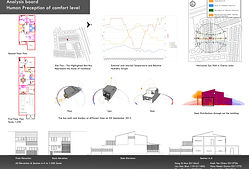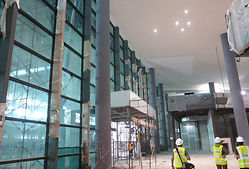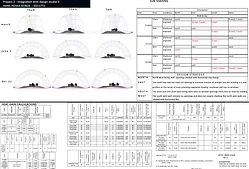
ARCHITECTURE
PORTFOLIO
HANS HOSEA GONZA
The module is an introduction to the factors that affect the thermal performance of buildings. Its aim is to
facilitate students to create acceptable designs which are sustainable (minimizing the use of mechanical cooling
systems) and comfortable. The emphasis is on creating acceptable indoor thermal conditions thus minimizing the
use of space heating and cooling. Students will also be introduced to MS1525 which provides guidelines to
creating a more sustainable design in Malaysia.






The subject aims to introduce structures as architecture by developing an understanding of the structural systems in construction technology in a unique way in relation to historical and innovative buildings. Solid, skeletal and surface construction systems are discussed and analyzed in terms of load and forces in a general term. Projects based on topics covered during lectures provide students with the opportunity to apply knowledge gained as well as to further enhance their understanding of the topics.



This studio emphasizes on the poetics of place and the experiential qualities of space in architecture. In the subject, students are introduced to, firstly, an exploration of spatial typologies and poetics in architecture; and secondly, the concept of neighborhood and community. In their preliminary design work, students engage with studies and design of different spatial typologies (i.e. linear, spiral, spine, centric, etc) for a simple dwelling space which explores the idea of architectural tectonics and experiences. Subsequently, the major project involves the design of a small scale community building (e.g. gallery, small library) in the open landscape/suburban condition which engages with the spirit of place inherent within the site, the site topography, history and socio-cultural events. The design work explores the plan-section integration to achieve architectural form that is tectonically expressive, functional and responsive to its site. This studio is integrated with Building Science 1 to instill awareness of considerations of thermal comfort by exploring strategies that reflect the climate and context of the building.
COMPUTER APPLICATIONS
